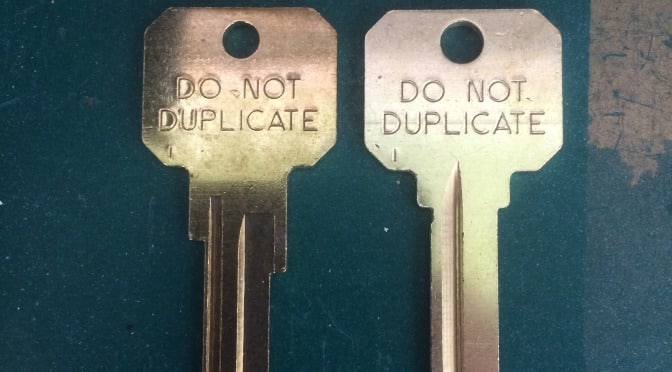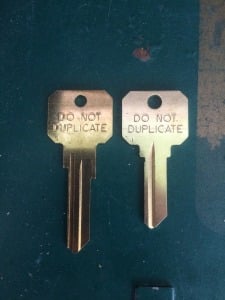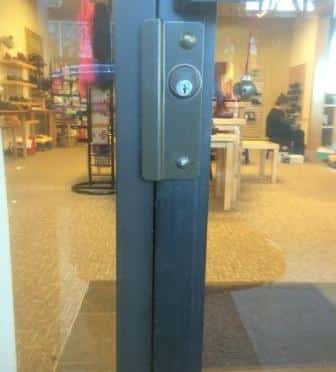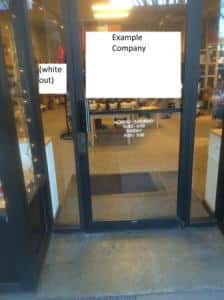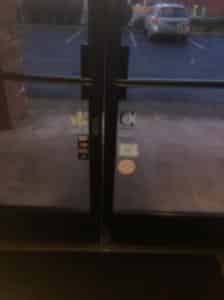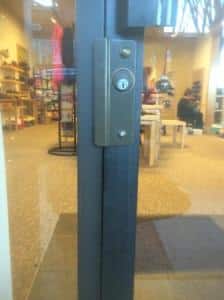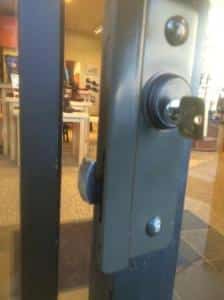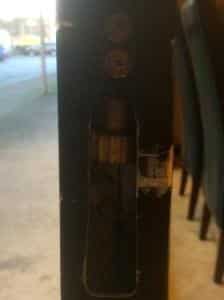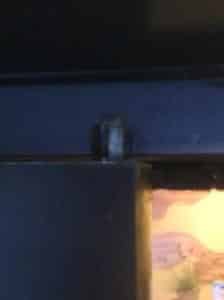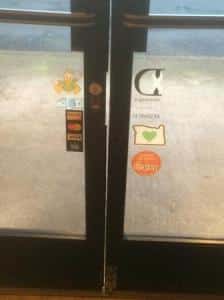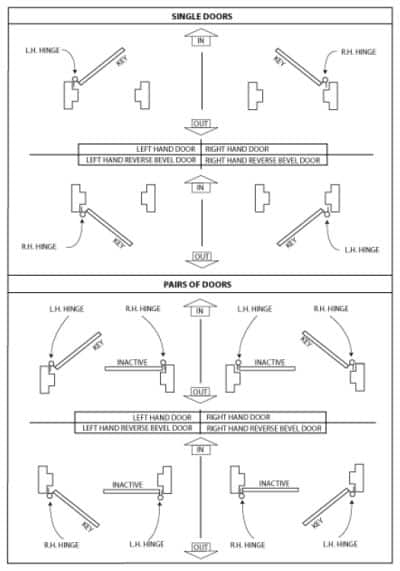Regularly we get called out to new construction projects or remodels towards the end of construction as the user is taking over their new space. This is a time of transition where the small things on a job are often overlooked and become noticed. One of these is the lock hardware and user needs of keys.
This blog post covers common mistakes that are overlooked by both contractors and users when remolding or adding buildings. We recommend working with us in advance to save you money by doing it right the first time. Here are some mistakes, examples and ways to avoid them.
Common Mistakes
- Incompatible key ways
- Incompatible hardware
- Ignoring user function and access
- purchasing pre packed master key systems
Incompatible Key Ways
Incompatible key ways are the most common mistake we see. For example, an existing building uses Russwin cylinders and the keys and the contractor installs Sargent cylinders. In order to get the building back to one keyway the customer has to purchase Russwin cylinders . The client ends up purchasing locks twice.
Ways to avoid it
Have the contractor or locksmith spec the new cylinders to match the existing cylinder type and manufacture.
Incompatible Hardware
Another common mistake we see is installing different manufactures hardware. This can cause incompatible keyways, additional hardware to have on hand for maintenance and additional keys.
For example, there was an apartment complex that used Best Interchangeable Cores (IC) for their residents. Then they added a club house where the contractor installed Schlage hardware, so not only was the keyway incompatible but the Schlage hardware would not accept a Best IC. In order to get the user back to one key system the hardware had to be replaced to accept Best IC.
Ways to avoid it
Have the contractor or locksmith spec the hardware to match the existing hardware type and manufacture and/or at least be compatible with the existing system.
Ignoring user function or access
A smaller issue we see is that when new locks are installed the most common function – entry (53) for an office or front door is used. But storage doors that should always be locked and only opened with a key, then need to be replaced.
Ways to avoid it
Discuss the function and use type for each door. The five most common functions are entry (53), storage (80), classroom (70), passage (10) and privacy (40).
Purchasing Pre Packed Master Key Systems
This issue is mostly found among multiple building complexes. The contractor normally orders a master key key system from the factory with the hardware, per building as each building gets built. But the problem you can have for example, is at a six building apartment complex the end user has six master keys (s)he has to carry that are not compatible. When if done correctly the user should have one master key because they are managing the whole complex.
Ways to avoid it
Consult with locksmith and user groups to customize master key system to their specific needs.
These are some of the common mistakes that we find when we are called in to setup a masterkey system for the final users as they take posession and they are not happy to have to pay for items twice. The simple solution is to consult with us, your locksmith, at the beginning, during and for the final transition of occupying the space.
Ideally, we can order the right hardware and cylinders to match your existing system. Then only pin the cylinders to the master key or user needs – once. Doing the full job right the first time.
Let us know if we can save you money doing it correct the first time by calling 541.632.3968.
